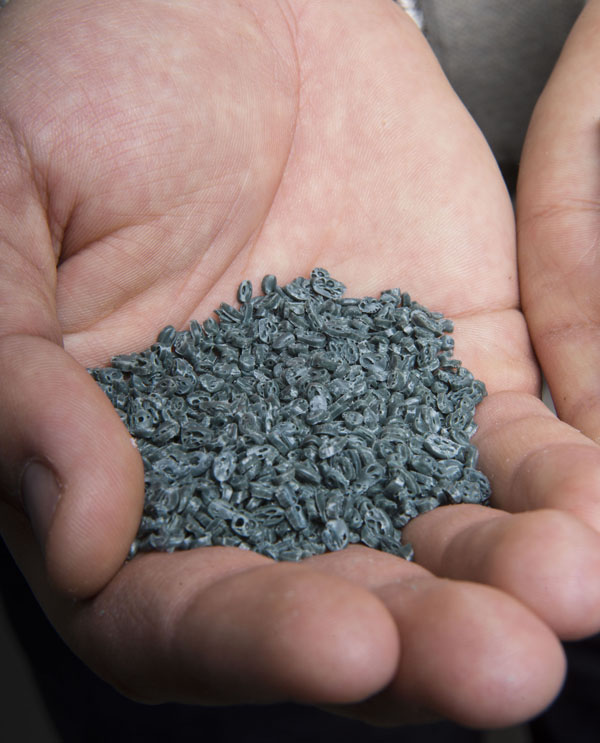USDA highlights agroforestry demonstration site at Witter Farm
University of Maine Agricultural and Forest Experiment Station, J. Franklin Witter Farm, houses the Wyman’s Research and Innovation Center, which is spearheading research regarding the influence of climate change on Maine’s blueberry industry. Additionally, the Center houses an agroforestry demonstration site in conjunction with the United States Department of Agriculture’s (USDA) Northeast Climate Hub. The […]
Read more









